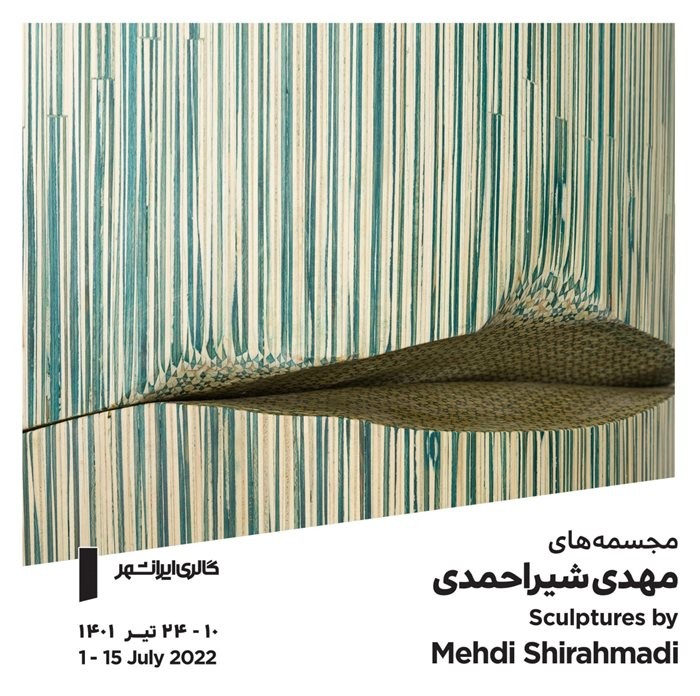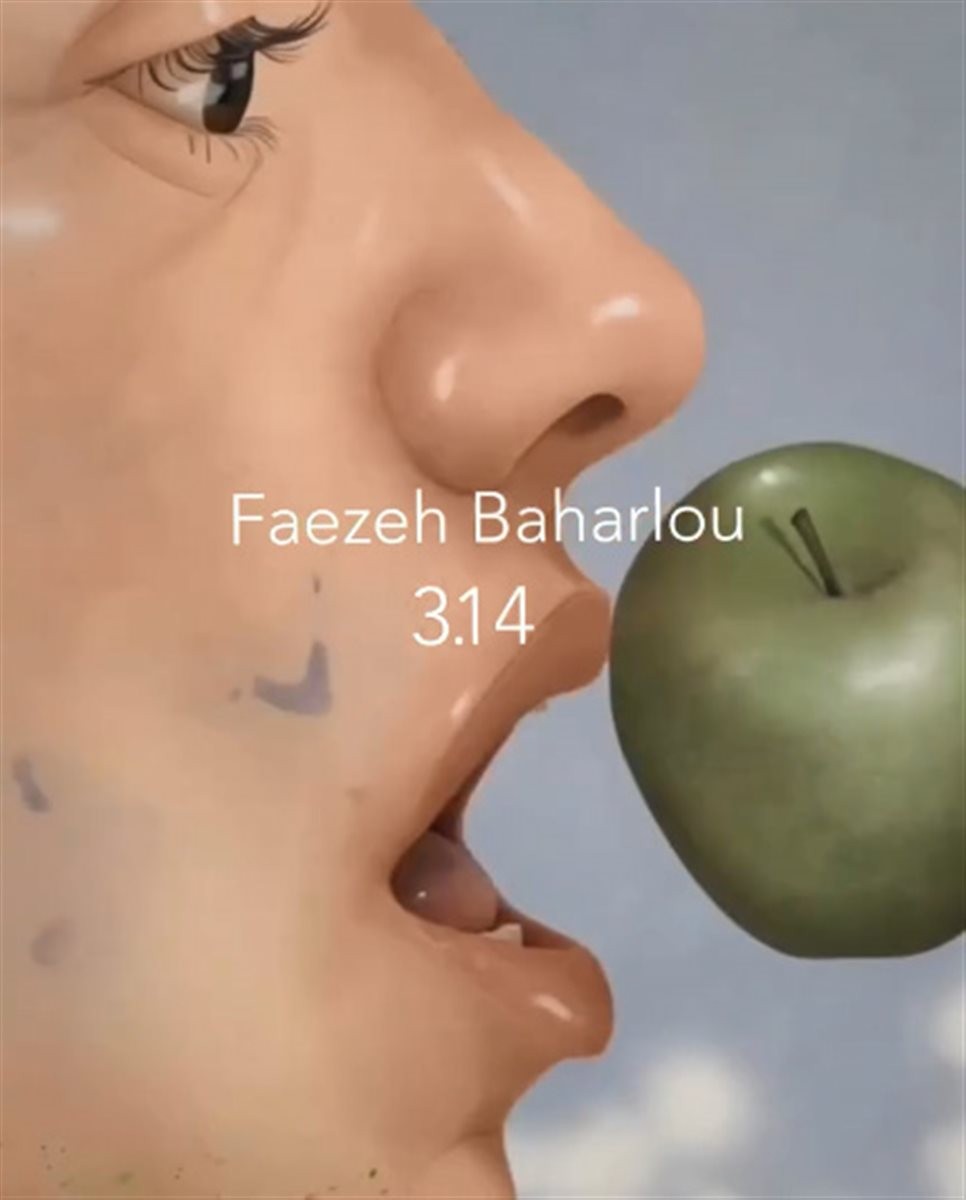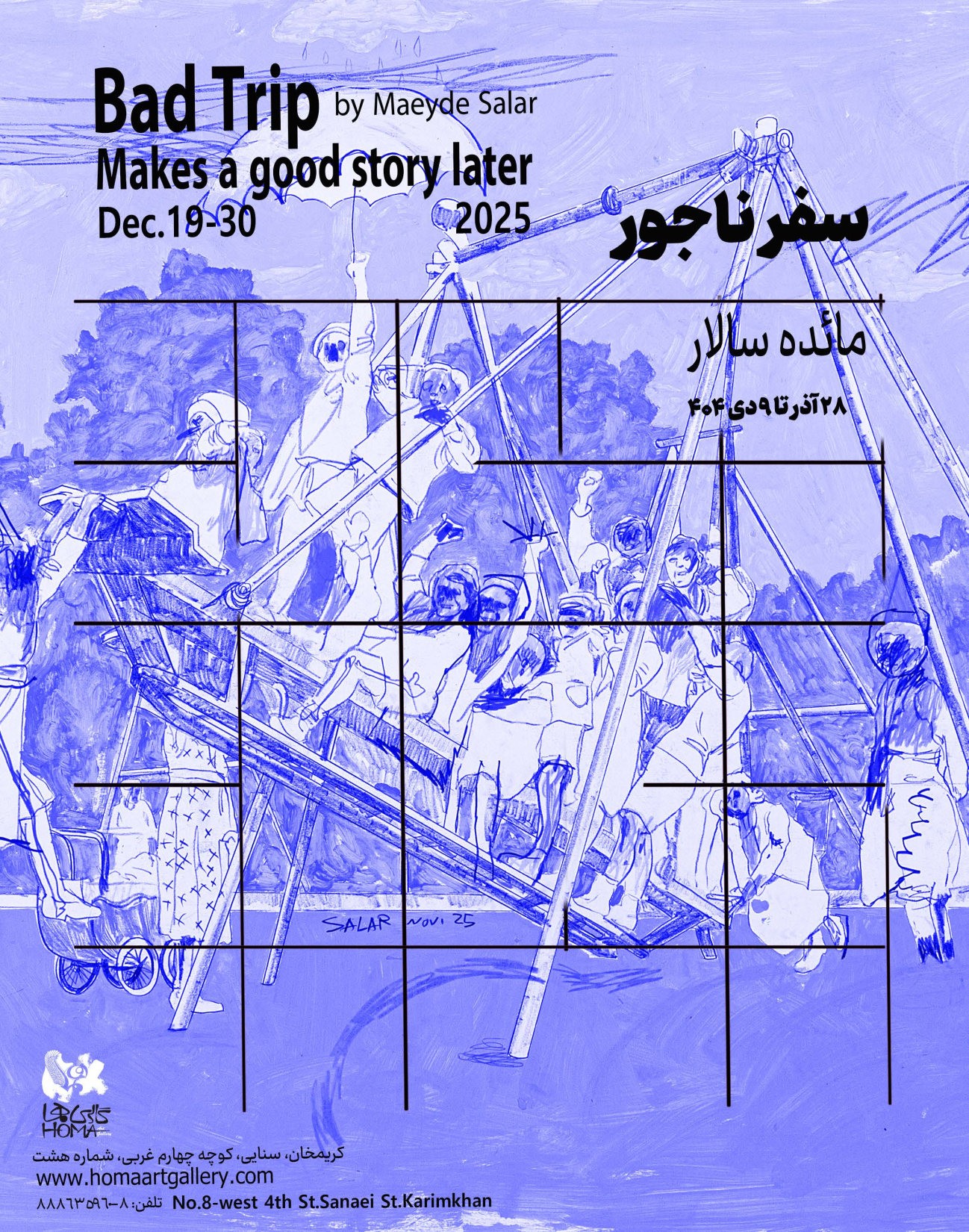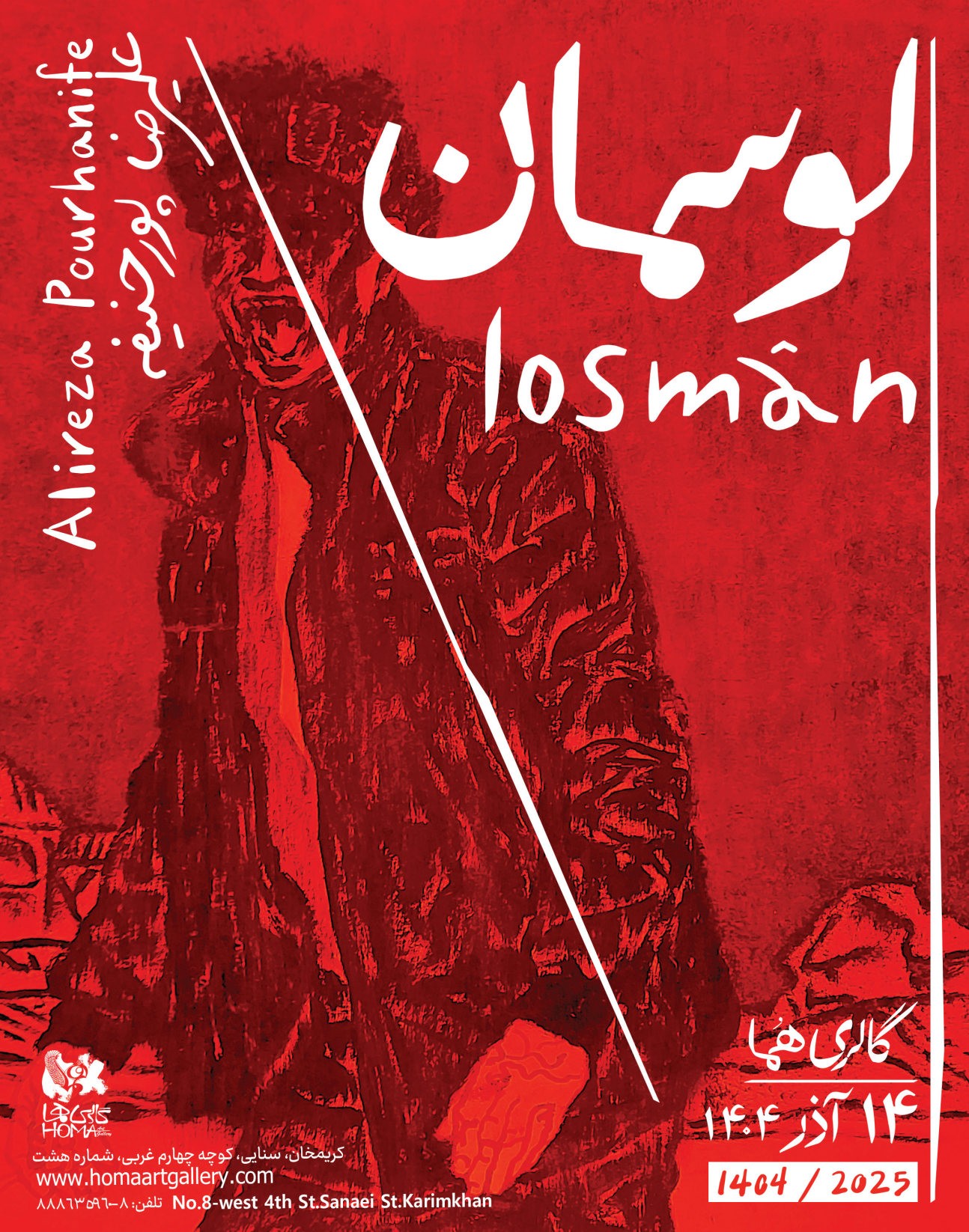Tehran,
No. 69/1, Sepand alley South Aban St., Karimkhan Zand St.
1 July 2022 - 15 July 2022
The history of Mehdi Shirahmadi's sculptures goes way back to the wisdom of subtle observation or ornamental thinking as threads of imagination in Iranian culture, an imagination that firmly depends on the geometry of ornamentation - one of the main principles underlying Iranian art. Ornamental thinking in this land has caused the dot and the line to reveal their utmost possibility to bring balance to the soul of the people of their time. That is why the Iranian man depends on the minutest ornamental elements to reach this most subtle place. For him. balance relies on the power which manifests only at this level of awe. Such extent of ornamental imagining that astounds the viewer is clearly the consequence of such cultural view, from fine arts to illuminated manuscripts, throughout the centuries. The artistic concern for creating a sense of awe can be seen repeatedly in treatises on painting.
For example, in his account of the great painters of the late Timurid era, Mirza Muhammad Haidar Dughlat (1499-1551) has praised the beautiful work of Shah Muzaffar with such words as being so graceful and mature in its artistry that seizes the gaze of its beholder."He has also described the awe-inspiring artistry of Mawlana Mahmoud Musawer - who had created an exquisite miniature for Sultan Husayn Baygara - with these words: "he has diligently strived to create it throughout seven years and has made it so minutely exquisite that each girih is the size of half a chickpea: Another example is Dust Muhammad, writing in Bahram Mirza's famous Muraqqa 'lf a form does not inspire awe, it is not worth painting.'The gradual sedimentation of this imaginative tradition has encouraged Iranians to advance ornamentation to such extent that it opens the way to reach the ultimate nature of the selfYet, this mental construct based on threads of imagination could only survive till the 17th century. Little by little, it went through a long course of disintegration and finally collapsed .
Mehdi Shirahmadi's works inspire awe in the absence of 'the awe of ornamentation where ornamentation has utterly lost its past. In a sense, Shirahmadi is frantically giving sculptural form to the delicate pieces of Khatam in his studio. He juxtaposes shreds of wood and bone in the form of ornamentation but not in an ornamental manner. As Agamben says, the past can only become the theme of the new contemporary art) in this area ... When everything belonging to the past has lost its function, has been alienated from the past and has lost its truth and validity, returning to the past and making it present (with all its dysfunctional elements) is a melancholic return. According to Agamben. "knowing the new only becomes possible in recognizing the untruth of the old" I am of the opinion that the works of Mehdi Shirahmadi should be seen, read and pondered through this way of looking at the past



